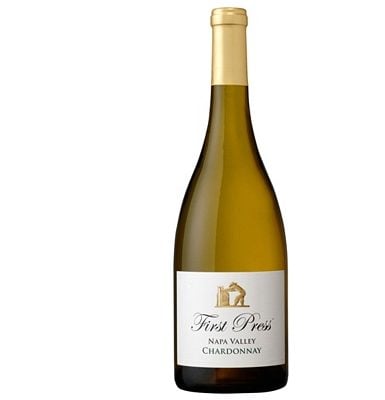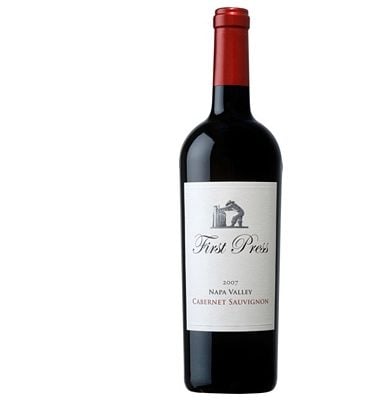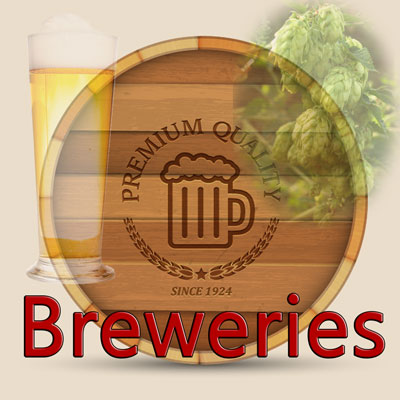Napa Valley
What Napa Valley’s Viticultural Area Says about its Wines
Napa Valley of Napa County is considered to be the most popular, as well as most prestigious wine region of the United States.
The Napa Valley wines are not only popular in the United States, but also among the wine lovers from across the whole planet.
Napa Valley, which is just an hour’s ride from San Francisco, has been producing commercial wines right from the nineteenth century. However, the production of premium wines is known to have started only during the 1960s.
Napa Valley
What Napa Valley’s Viticultural Area Says about its Wines
Napa Valley of Napa County is considered to be the most popular, as well as most prestigious wine region of the United States.
The Napa Valley wines are not only popular in the United States, but also among the wine lovers from across the whole planet.
Napa Valley, which is just an hour’s ride from San Francisco, has been producing commercial wines right from the nineteenth century. However, the production of premium wines is known to have started only during the 1960s.
So, are you wondering why Napa Valley is among the premier wine regions of the world?
Well, the major factor which makes the wines of a particular region popular would be its viticultural area.
It’s true with Napa Valley too. Here, let’s see in detail what the viticultural area says about wines from Napa Valley
A Look into the Geography of Napa Valley
Napa Valley is located to the immediate north of San Pablo Bay and is running from southeast to northwest for about 57 kilometers.
This valley is found to be running between the mountain ranges of Vacas and Mayacamas.
Between Napa and Calistoga, we can see some of the most precious viticultural lands of the valley.
When it comes to the soil of Napa Valley, the southern end is found to be containing the sediments of San Pablo Bay whereas the soil in the northern end is found to be rich in volcanic lava and ash.
The geographical location of the Napa Valley along with the nature of the soil is making the region well-suited for the growth of wine grapes.
Climate – another Important Factor
In addition to geography and topography, climatic conditions of a region are also important in making the particular region suitable for the cultivation of wine grapes.
Napa Valley is having a unique type of mesoclimate that is influenced by the San Pablo Bay and mountains of the North Coast Range.
I would say this is one of the most factors that are responsible for making the Napa Valley a top-rated viticultural region.
San Pablo Bay is generating morning fog which will be channelled to the inlands by the mountain ranges.
This fog plays an important role in achieving the structure and balance in the Napa Valley’s wines.
Without this fog, the climate of the region would have been warmer which is not actually suitable for the growth of wine grapes.
Although this fog is not reaching the higher altitudes of the valley, the cooling effects of the altitude are sufficient for the growth of wine grapes there.
Wine Grapes of Napa Valley
Today, the valley is featuring over 450 wineries with Cabernet Sauvignon being the important wine grape variety.
This grape variety is the king of Napa Valley’s wines and is the most planted wine grape.
We can see Cabernet Sauvignon in almost all the sub-regions of the Napa Valley.
However, this is not the only wine grape variety that is under cultivation in the valley.
It is to be that the region is tested with almost 400 grape varieties in order to determine the best-suited variety to grown in these regions right from the late 1800s.
Thereby, Pinot Noir and Chardonnay are also found to be growing well here.
These varieties can be seen predominantly in Carneros viticultural region of the valley.
Apart from these, Merlot can also be seen in some of the Napa Valley wines as a popular blending component.
Some other wine grapes that can be seen in and around the Napa Valley are Zinfandel and Sauvignon Blanc.
Although Zinfandel is cultivated in lower levels, it has a significant spot in Napa Valley regions.
Lastly, Sauvignon Blanc is found to be the main component of Napa Valley’s white wine range next to Chardonnay.
Read also about other Wine Regions
Italian Wine Regions
- Italy
- Abruzzo
- Pescara
- Basilicata
- Campania
- Emilla-Romagna
- Friuli-Venezia Giulia
- Lambrusco di Sorbara
- Lombardy
- Marche
- Noto
- Piedmont
- Langhe
- Puglia
- Salento
- Sardinia
- Sicily
- Alcamo
- Cerasuolo di Vittoria Wine
- Contea di Sclafani
- Etna
- Faro
- Marsala
- Palermo
- Salina IGT
- Siracusa
- Siena
- Trentino
- Alto Adige
- Trento
- Tuscany
- Bolgheri
- Brunello di Montalcino
- Carmignano
- Chianti
- Vernaccia di San Gimignano
- Vino Nobile di Montepulciano
- Umbria
- Veneto
- Amarone della Valpolicella
- Bardolino
- Valpolicella
- Verona
French Wine Regions
- France
- Alsace
- Anjou
- Auvergne
- Beaujolais
- Bergerac
- Bordeaux
- Medoc
- Pessac-Leognan
- Brittany
- Burgundy
- Autun
- Auxerre
- Beaune
- Chablis
- Chambolle Musigny
- Côte-d'Or
- Dijon
- Cahors
- Champagne
- Reims
- Vallée de la Marne
- Tours sur Marne
- Cognac
- Corsica
- Ile de France
- Jura
- Languedoc
- Pays d'Herault
- Loire
- Lorraine
- Normandy
- Picardy
- Provence
- Rhône
- Châteauneuf du Pape
- Côtes du Rhône
- Sancerre
- Savoy
- South West France
- Touraine
Spanish Wine Regions
- Spain
- Andalusia
- Cádiz
- Montilla-Moriles
- Aragon
- Castile and León
- El Bierzo
- Cacabelos
- Valladolid
- Rueda
- Toro
- Castilla-La Mancha
- Catalonia
- Barcelona
- Cava
- Penedès
- Priorat
- Montilla-Moriles
- Murcia
- Yecla
- Navarra
- Baja Montaña
- Ribera Alta
- Ribera Baja
- Tierra Estella
- Ribera del Duero
- La Rioja
- Araba/Álava
- Valencia
- Alicante
- La Marina
- Vinalopó














